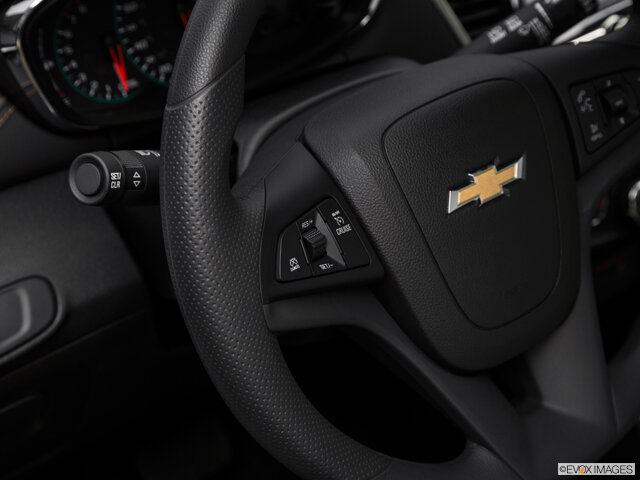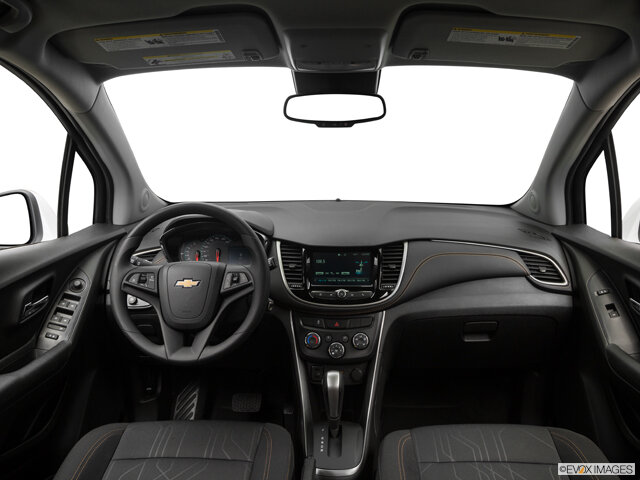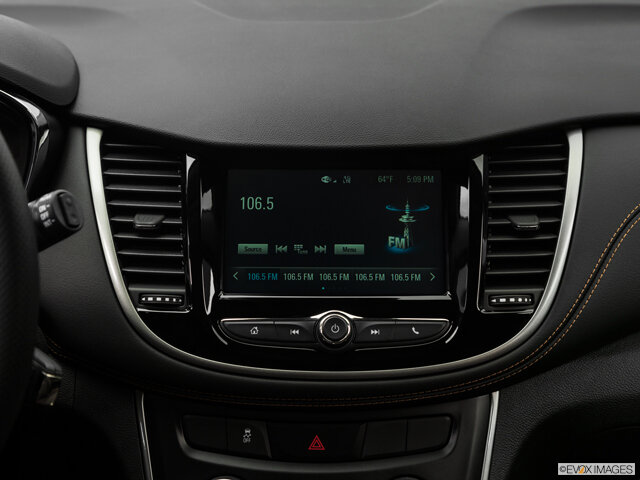Car buyers shopping from home might visit dealership websites to explore their options for a new vehicle. Shoppers might want to see different photos of the car, and they might specifically look for interior photos. Does the dealership provide these interior images?
An inside car photoshoot provides details to customers about the car’s interior features. If car dealerships don’t include interior photos, customers might look elsewhere for those images. The more resources dealerships provide, the longer customers might remain engaged online. Here are 12 features to showcase for an inside car photoshoot that keeps customers interested and on site:
- Infotainment screen
- Front seat legroom
- Backseat legroom
- Front seat design
- Back seat design
- Steering wheel
- Gear shift
- Moonroof/sunroof
- Door panels
- Instrument panel
- Glove compartment
- Middle console
Why are all these Images Important?
Car dealerships might review the list of features they need to capture for an interior photoshoot and wonder if all those images are necessary. The more images of the interior that dealerships can show to customers, the longer these customers might stay on the website. All this information helps customers who are shopping for a car online; if they can’t find what they need from your dealership’s site, they might move on.
For example, showing interior images that denote legroom space in the front and back seats can help customers get a better idea about the space of a vehicle. Some shoppers are looking for a car for their family. Understanding the design and space of a vehicle helps customers better understand if this is the best car for their needs.
Concise organization of online images can ensure that customers don’t feel overwhelmed by the amount of images available for a car. An interior car photoshoot can be arranged online like a slideshow. This encourages customers to scroll through different images or to sort through and find the images they need for their research. This design keeps images in a cohesive arrangement and allows the page to feel less cluttered.
Who Should Snap the Photos?
Digital photography used online should be high resolution, clear, and professional. Sloppy and blurry photos might detract customers; these images could make it difficult to understand the design of the car or its features.
If dealerships need to take photos of a used vehicle from their inventory, they might hire a professional photographer. However, to keep costs down, someone on the staff could snap the photos, too. Remember to capture all the important elements of the interior. In addition, when photographing used models, show buyers any issues related to condition—this includes tears in the upholstery, stains, and other imperfections.

Use Car Stock Images for New Models
Car dealerships might not have the time or staff to snap photos of new models as they drive into the dealership. EVOX Images offers a simpler alternative for dealerships that don’t have time to schedule and set up an interior photoshoot.
EVOX Images provides a library of interior and exterior car stock photos for many makes/models. Dealerships can search for the vehicle they need to showcase and review all the available images. EVOX Images ensures that every photo is high-quality and professional in appeal. Photos capture various interior elements so that dealerships can create a personalized slideshow for each new model.
Interactive Images Offer Immersive Exploration
EVOX Images provides an extensive library of images for models that dealerships can utilize to create online photo slideshows. Some dealerships, though, prefer to offer their customers an interactive experience that allows them to explore vehicles in 3D instead of scrolling through one-dimensional photographs.
EVOX Images offers 360 degree exterior spin photos that offer a unique approach to vehicle exploration for online shoppers. These photos are interactive and feature a 3D image of a vehicle; online visitors to a dealership’s website can use a fingertip (for a tablet or phone) or their mouse to rotate the image and view it from all angles.
In addition, spin photos also can showcase the interior details of vehicles. These images are called panorama photos, and they let customers look all around the inside of a vehicle of their choice. Panorama photos work in the same way as 360 degree exterior spin photos. With panorama photos, individuals can look in the backseat or even glance up at the moonroof/sunroof.
Dealerships might include spin photos to simulate an in-person experience for online shoppers. These photos let shoppers check out details in the car, although stock photos could provide a more detailed and up-close look at specific features.
Augment the Car Shopping Experience
Dealerships who are interested in creating unique experiences for their website also could enhance the user experience by incorporating augmented reality showrooms for new models. Augmented reality doesn’t require a headset or goggles, but users will need access to a smartphone or tablet with a camera.
While virtual reality transports users to what feels like another realm, augmented reality mixes the real world environment with digital graphic elements. These experiences are fairly common to many consumers; in fact, backup cameras with grid lines depicting the turning radius of the car are an example of augmented reality.
How can car dealerships use augmented reality? Some dealerships create an augmented reality showroom that allows customers to explore cars from any location. The experience requires the individual to use their camera to show the environment in which they want the vehicle to appear. They can drop a model of a vehicle in their garage, backyard or anywhere; some augmented reality experiences let individuals use their camera to view the car as they walk around it.
Other augmented reality experiences let individuals look inside and explore the interior of the car. Augmented reality experiences also could give shoppers the option to swap out the paint color of a vehicle.
Unlike static images, augmented reality lets users take control of the exploration of vehicles. Depending on the design of the experience, users can gather information about both the interior and exterior of the car. They might even be able to decide which color is their favorite for the vehicle.
Are All Photos Beneficial to Potential Buyers?
For dealerships that need to schedule a photoshoot to showcase the interior of a particular vehicle, it could take some time to arrange for a professional to snap those photos. How can dealerships promote a vehicle if they don’t have access to an array of photos?
If the model is a used or older vehicle, they could simply take a photo of the exterior and include a note online that more images will be available soon. If dealerships decide to use a stock photo, though, they should include a note that states that the image isn’t the actual car on the lot (for older models).
Again, when photographers are hired to capture used inventory, dealerships should request images that show all the details or as many details as possible. Flaws shouldn’t be excluded. After all, potential buyers will likely visit the dealership and see the car in person. Dealerships don’t want customers to feel that they were misled.
One of the most unique advertisements of a vehicle also was one of the most brutally honest ads. The ad went viral, appearing on BET and other sites. What made it so popular? The salesperson for the dealership did not hold back when describing the car. The ad explained: “…This will get you from A to B. Just don’t try to make it to C….” The online ad also included several pictures, including an image of the car’s rusty spots.
Car buyers definitely were not kept in the dark about any flaws for the vehicle. In fact, the ad didn’t gloss over any flaws. Buyers knew what they were getting and the price that they needed to pay.
While the brutally honest approach might not be in line with the brand voice for a dealership, honesty does help buyers feel that they can trust the business. Again, with the brutally honest ad, there were no surprises for any buyer who wanted that car.
Snap photos for an interior look at all the details of the car—good and bad. If there’s a stain, buyers will see it in person. If there’s a really unique feature, zoom in on it. Some older cars might have details that are cool and unusual.

Beyond the Website: Where Dealerships Can Post Images from a Photoshoot
Dealerships might use photography from EVOX Images to showcase new models, but they might hire a local photographer to snap photos of used inventory. While the dealership’s website might be the landing page for these images, dealerships shouldn’t limit their vehicle marketing to just their website.
If a vehicle is not moving off the lot, promote it via social media sites. Post those images to Instagram and Facebook. In addition, dealerships might create a video to give customers more insight about the vehicle; post a short video to TikTok and Instagram. YouTube lets users post longer videos, and dealerships might create a walkaround video for the vehicle.
When Snapping Photos, Keep These Tips In Mind
An interior car photoshoot might seem like an easy undertaking for a dealership, but snapping photos of a car is a little more detailed than just touching the button on a phone’s camera. These tips can improve the appeal of online photos:
- Consider the lighting
- Be aware of the background
- Check the resolution
- Clean the lens
In addition, before snapping any photos of a car’s interior, dealerships also should clean the car to ensure it looks photo ready. A picture is worth 1,000 words, and dealerships might consider what every detail in the picture says about the car they are promoting to their customers.

